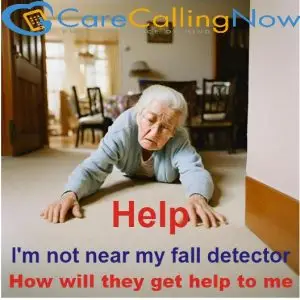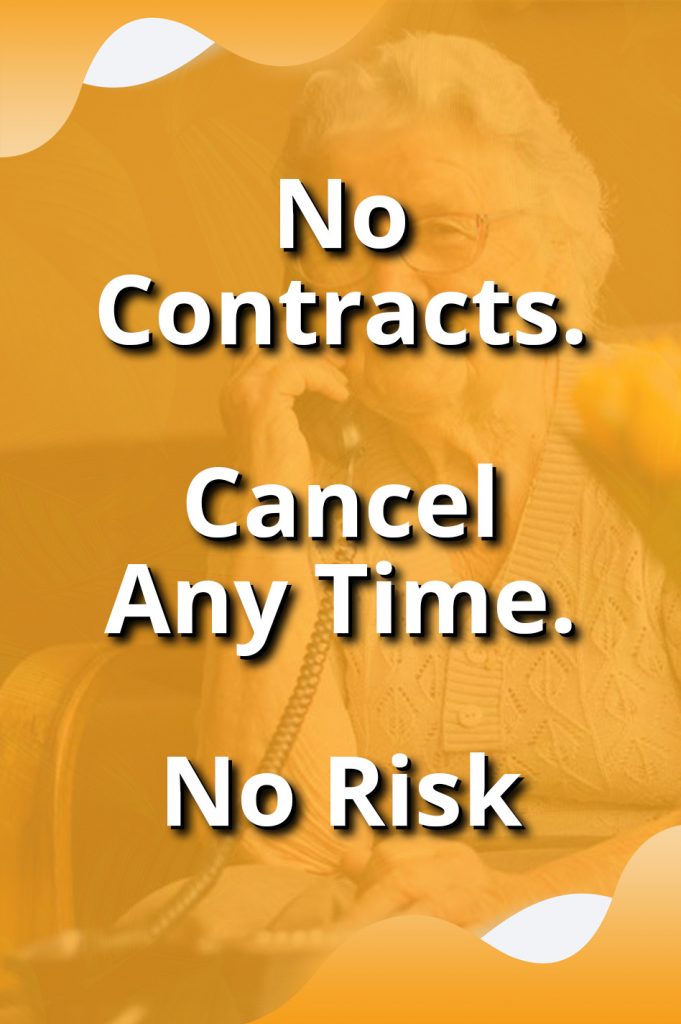
How to Safely Help a Fallen Loved One: Guidance for Emergency Contacts
How to Safely Help a Fallen Loved One: Guidance for Emergency Contacts In moments of urgency, knowing how to assist a loved one who has
How to Safely Help a Fallen Loved One: Guidance for Emergency Contacts

In moments of urgency, knowing how to assist a loved one who has experienced a fall can make a significant difference. It’s important to know how to safely help a Fallen Loved One. If you’ve been alerted by CareCallingNow about a fall, it’s essential to act with both efficiency and care. Here’s a step-by-step guide to ensure the safety and well-being of your loved one while they regain their footing—with tips on using leverage and practical tools for added safety.
Begin by staying calm and assessing the environment for any hazards. Your composed demeanor will help reassure your loved one, making them feel safe despite the circumstances.
Before assisting, check for any signs of serious injury. Ask them questions to identify pain or dizziness and look for swelling or unusual limb positioning. If you suspect a serious injury, avoid moving them—call emergency services right away.
Helping someone to get up can be daunting, but utilizing leverage can reduce strain on both you and your loved one:
Having the right tools on hand can simplify the process:
Both tools are lightweight and easy to use, making them invaluable for senior safety.
Once they are upright, guide them to a safe, comfortable place to rest. Look for any delayed signs of discomfort or injury and offer reassurance. Hydration and calm conversation can help stabilize their mood.
Finally, reflect on what caused the incident—poor lighting, slippery floors, or obstacles—and address these hazards. Consider reviewing CareCallingNow’s proactive safety measures, such as home sensors or passive monitoring technologies, for added peace of mind.

Responding effectively to a fall can turn a stressful moment into one of genuine care and support. By combining compassion with thoughtful strategies, you’ll empower your loved one to recover safely and comfortably.
How to Safely Help a Fallen Loved One: Guidance for Emergency Contacts –
If you’re searching for How to Safely Help a Fallen Loved One: Guidance for Emergency Contacts then watch this video above or read the above article to learn everything you need to know about How to Safely Help a Fallen Loved One: Guidance for Emergency Contacts
#SeniorSafety #FallPrevention #CaregiverTips #EmergencyAssistance #CareCallingNow #HelpingSeniors #HomeSafety #SafeLifting #SeniorCareTools



How to Safely Help a Fallen Loved One: Guidance for Emergency Contacts In moments of urgency, knowing how to assist a loved one who has

Discover how a senior safety check-in service like CareCallingNow ensures daily well-being checks, offering peace of mind for families.

Stay Safe Anywhere: The Ultimate Guide to Personal Alert Safety Systems In a world where unpredictability lurks around every corner, personal safety is paramount. Whether

ⓒ All rights reserved